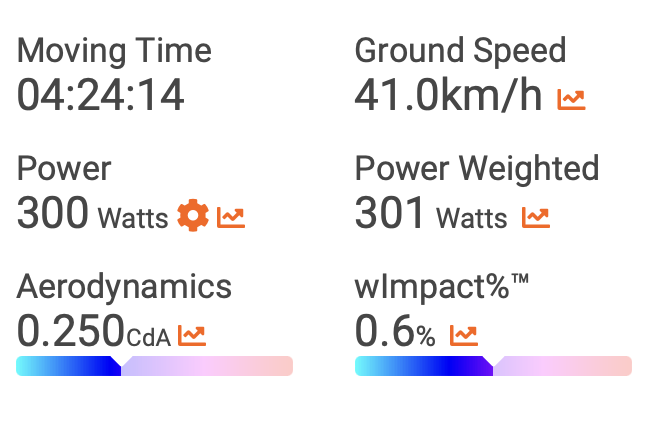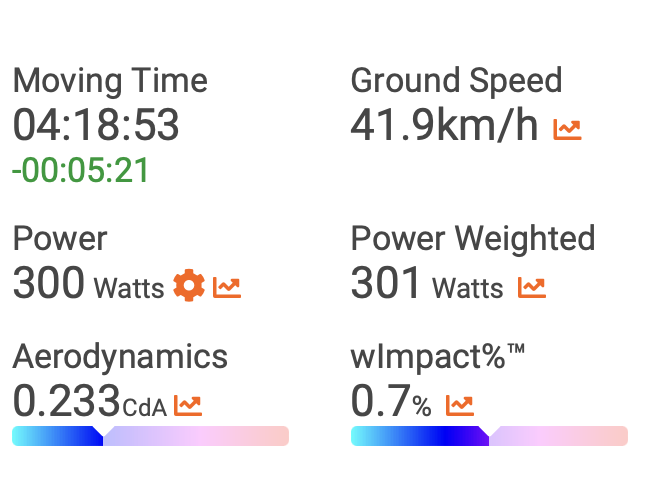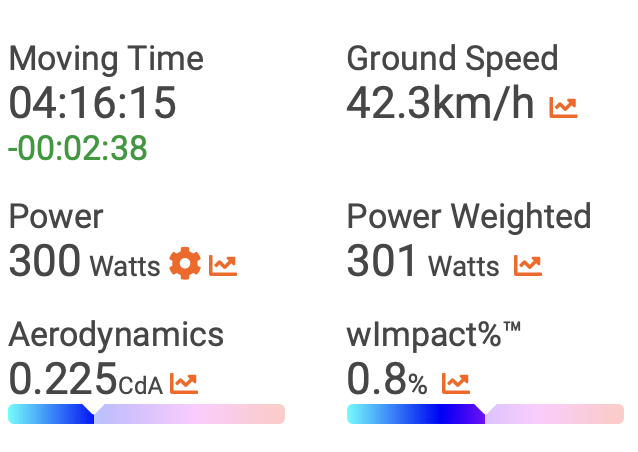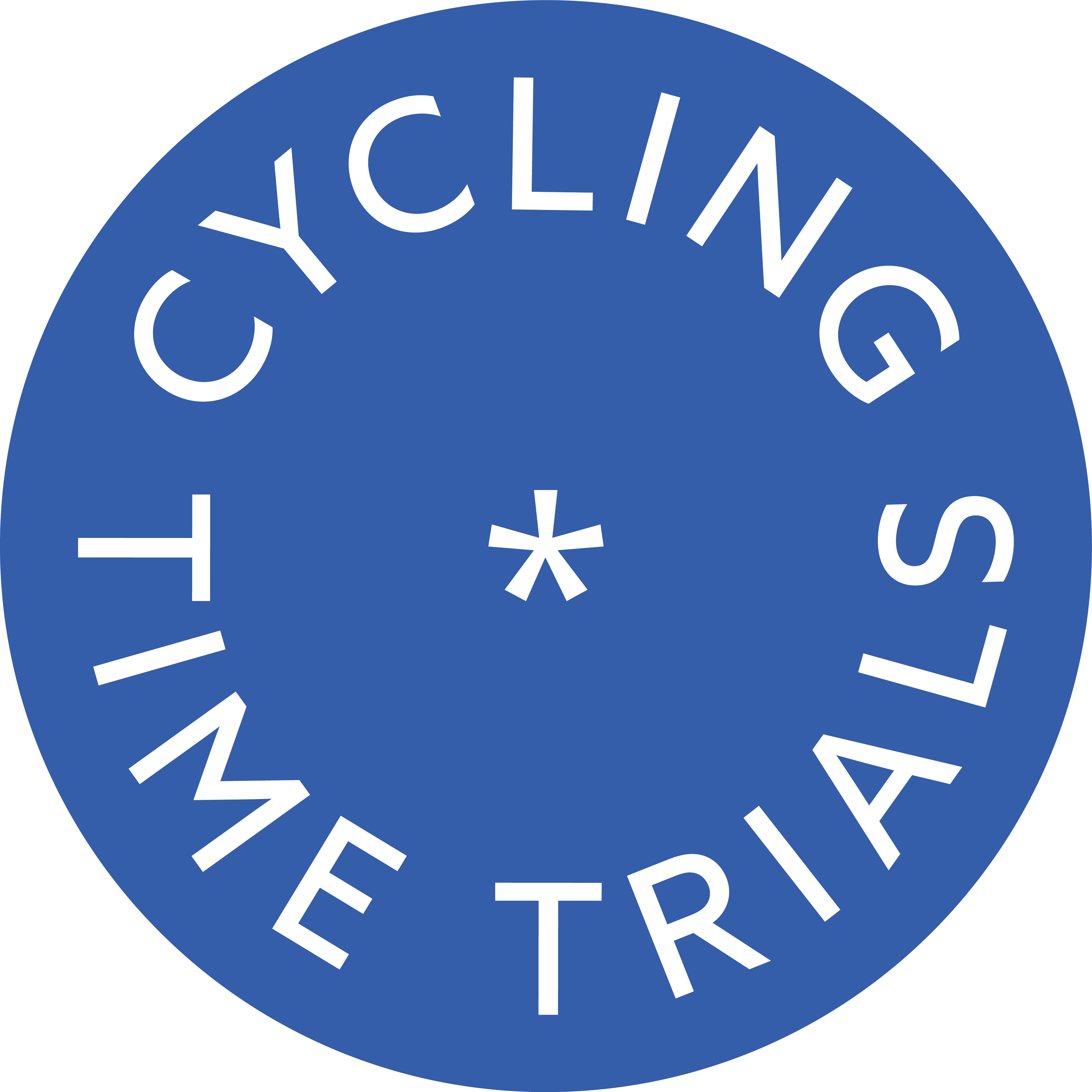We get a lot of professional triathletes in our Instagram DMs asking various questions and getting us to do various simulations. One thing that’s of great concern to this group is the impact of drafting in a race. In Ironman branded racing, athletes must ride 12m apart (though it’s observed to sometimes be slightly closer than this on occasion). Sometimes there’s a 20m draft rule but this is often enforced inconsistently so for the purpose of today we will focus on the difference that can be made by drafting at 12m.
Without spending days doing a bunch of computations – we can have a look at some off the cuff experiments done by various internet nerds and input the numbers they received into a route in myWindsock to have a look at time savings based on what a pro might do.
Our virtual pro
In order to run the numbers, we will simulate a virtual pro. Let’s call him Andy, as I know an Andy that likes to spend a long time off the front of professional Ironman races alone so the name seems to fit. Let’s imagine his system weight (75kg athlete plus 10kg tri bike) is around 85kg, his cda is around 0.25 (he’s not been in the wind tunnel much but is fairly aero) and he rides an Ironman at 300W. If we head to Kona and simulate this course we can ask ourselves two questions…
- How fast does Andy go?
- How much energy does he use to go this speed?
Ironman bike splits have two competing priorities, get off the bike as fast as possible but having used as little energy as possible (remember, you still have to run a marathon after this). Let’s head into myWindsock…

Ok, so Andy’s doing a decent Ironman bike split here but, let’s say for the sake of argument he swims a bit slower and has a mate to ride with. How does the calculation change?
What is the impact of drafting on cda at 12m?
This is a question for Aerosensor or Bodyrocket and hopefully as these devices make their way onto pro bikes for races we will see these numbers solidify slightly (as well as accurate distances thanks to RaceRanger) but some experiments were done and we will head to the forums to find out what the nerds of the internet have found…
Here we found a cda reduction of 0.033 and other members of the forum appear to trust this bloke so we will take his numbers as ‘true’ because it’s all we’ve got. This is clearly not the best experiment in the world but it’s a starting point to work on the impact of drafting and as these numbers become clearer we can change our models.
Changing the cda…
So, Andy’s cda is now 0.25 when he’s on the front and 0.217 when he’s in the wheel of his mate according to some bloke on the internet – we’ll call his mate Ben. Let’s imagine Andy and Ben have agreed to do half the work each – this means that Andy’s average cda will be the average between these two values. We will assume it to be 0.233 for this reason. There’s a whole bunch of caveats at play here – for example the relative importance of cda vs other factors depend on where you are on the course but that’s partially addressed by us using the Kona course which is an out and back along a relatively flat, straight road so if our approximations are valid anywhere it’s here.
Andy is able to ride at the same average power of course as he’s turned up to the race with some given level of fitness and this is the maximum pace he’s decided to ride at while maintaining his ability to run well. Let’s check out the numbers…

Ok, so Andy saves over 5 minutes here…
What about the chase pack?
Let’s imagine there’s 4 guys all working together in the chase group trying to get up to the front of the race, to keep things simple we will assume they’re all working together equally (this doesn’t happen) and also we will assume there’s no compound effect of being 3rd in the group – ie the cda reduction the guy at the back receives is the same as the guy in 2nd (also not really true, it’s likely being 3rd wheel is easier than 2nd). This would mean an average cda for each athlete of 0.225. Again, this is an approximation that comes with a host of caveats of course…

What does this all mean then?
There’s a couple of implications of these simulations and a couple of other things which need looking into. Primarily though we all need to stop pretending that Ironman bike splits can be judged without context and that non-drafting racing is actually semi-drafting. The impacts of legal drafting in triathlon are real (and we haven’t even begun to touch on the impact of motorbikes). If I had unlimited money, I’d organise the following experiment at some professional race with BodyRocket or Aerosensor (other options are available)…
- Measure the cda of each athlete in isolation on the course
- Plot the cda(t) for each athlete during the race and normalise against their isolated cda
This would mean that we can (assuming all the athletes are following the laws, which they generally try to do in my opinion) see where a triathlon is ‘easiest’. We will be able to answer the questions of…
- How much draft do lead motos give in a race?
- How much advantage is given to ‘pack rats’?
- Does being a good swimmer actually matter in triathlon?
- Information on tactical decisions – for example should Andy sit up and wait for Ben if there’s a swim gap?
It’s clear there’s a lot of interesting work to be done in this aspect and I’m sure the team at myWindsock will look into it in a little more detail one day.
If you want to take your pre and post race analysis to the next level, sign up to myWindsock here.

 UK Time Trial Events
UK Time Trial Events




